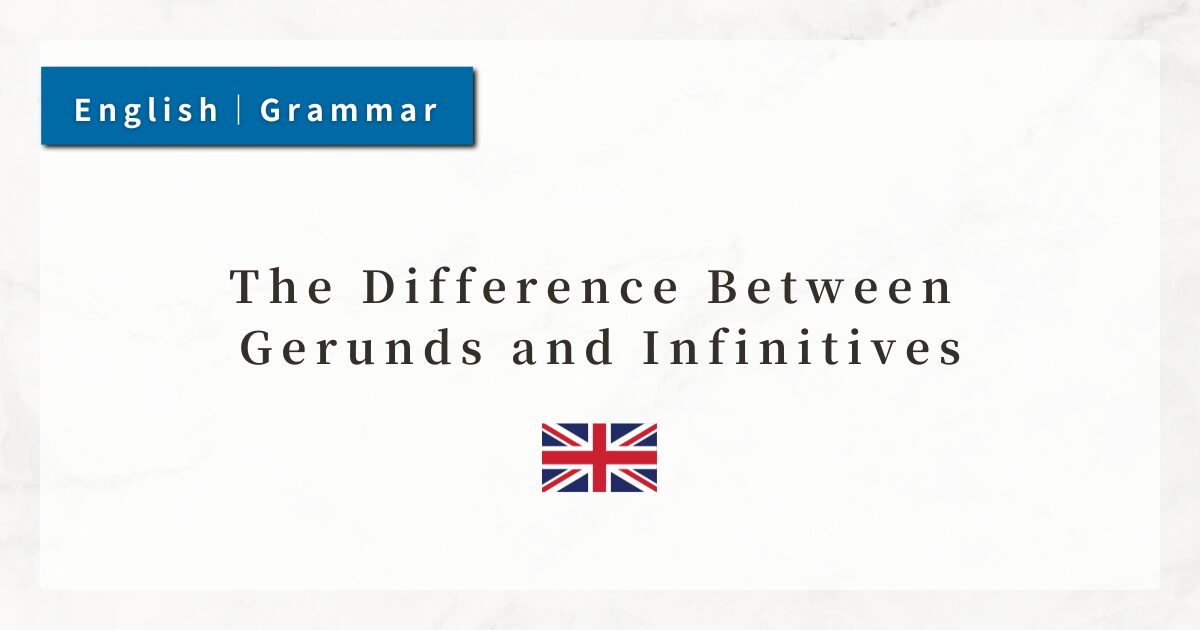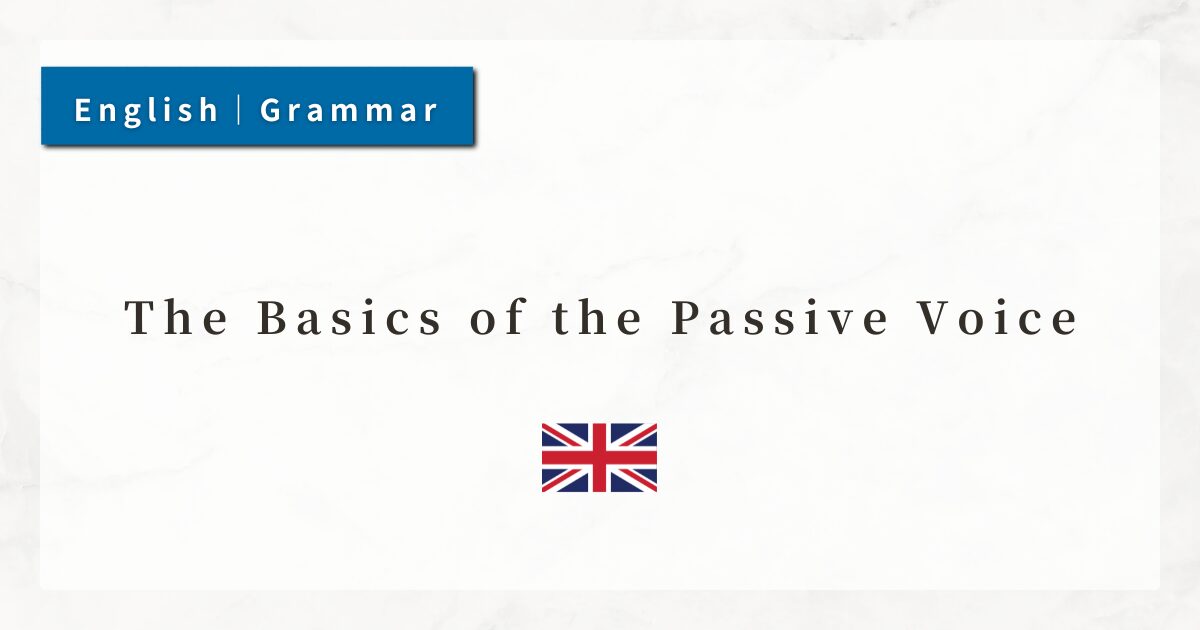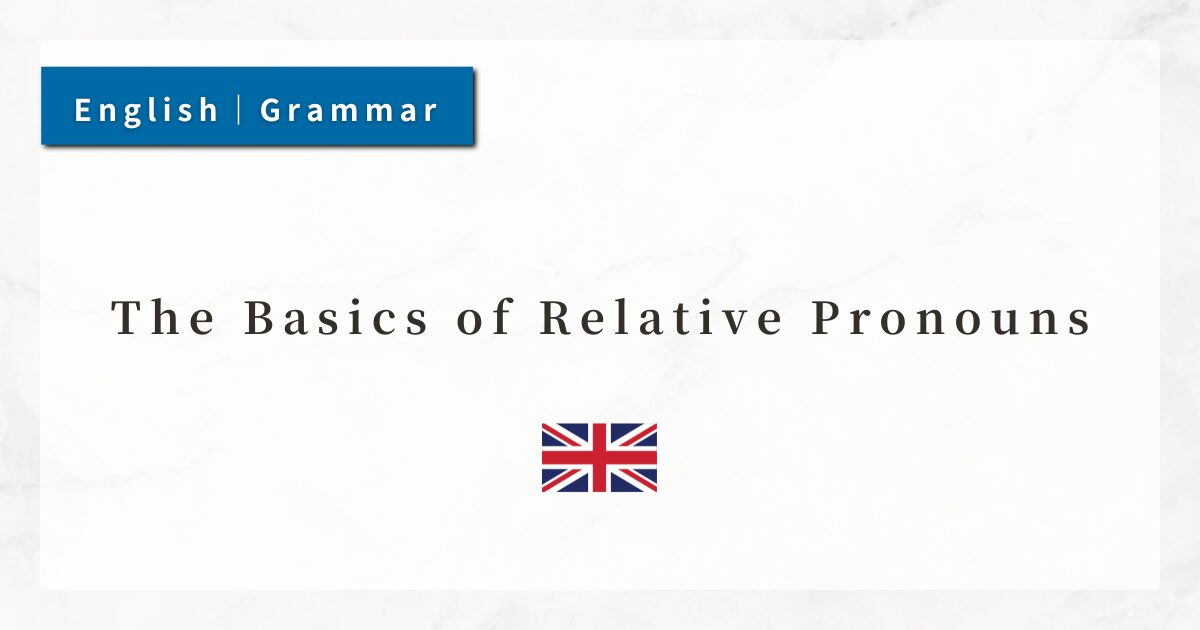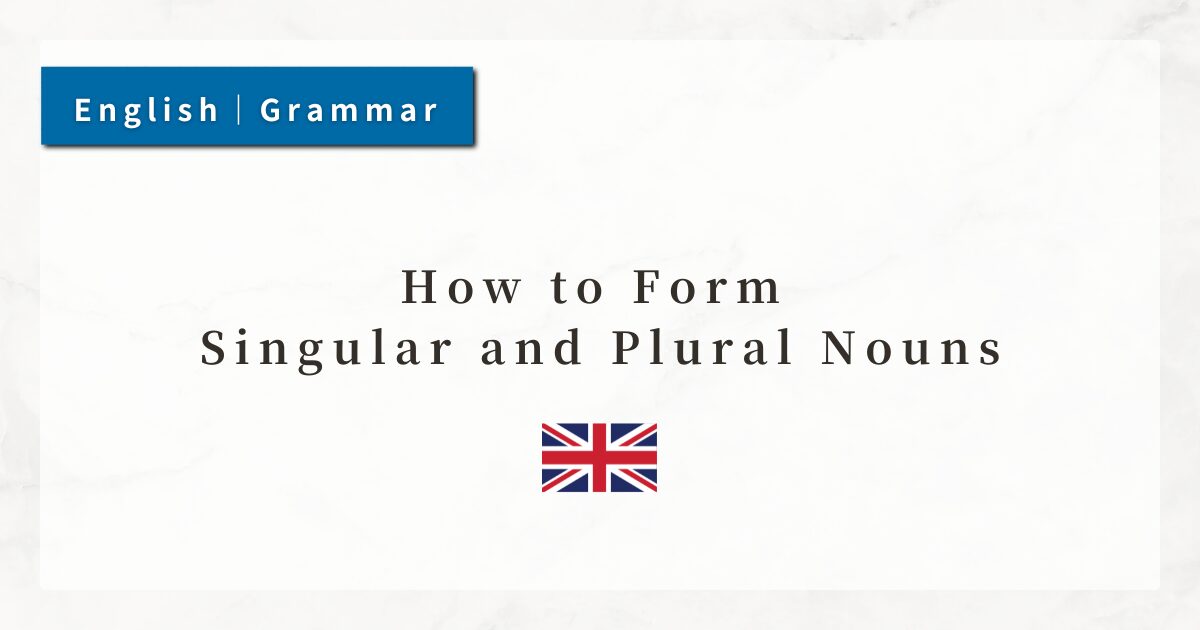#63 Elliptical Forms in the Subjunctive Mood|How to Use Omitted if and Inversion
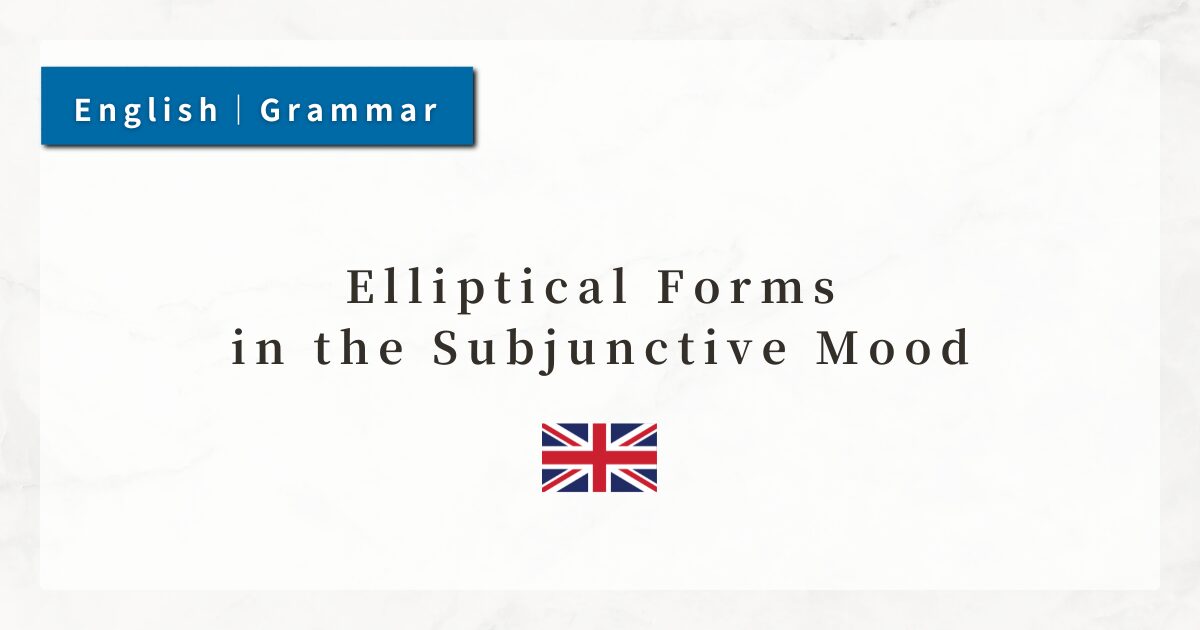
In English conditional sentences, in addition to the standard form using “if,” there is also a structure in which “if” is omitted and inversion is applied.
This elliptical form is frequently used in written English and in formal contexts, so understanding it is essential for reading comprehension.
In this lesson, I will explain the basic rules of ellipsis in conditional sentences and the typical inversion patterns.
1. Basic Rules of Elliptical Conditionals
Normally, conditional sentences are expressed as follows, using an if-clause and a main clause:
- If I were you, I would take the job.
However, there is also a conditional form where “if” is omitted and the auxiliary verb or the verb be is inverted to the beginning of the sentence:
- Were I you, I would take the job.
→ “if ” disappears, and the verb moves to the front.
The meaning is the same as with a normal if-clause, but the expression appears more concise and formal.
2. Representative Inversion Patterns
There are three main types of elliptical conditionals, using were, had, and should.
2-1. Using “were” (Subjunctive Past)
When the verb be is used, the if-clause can be omitted and the sentence begins with “Were + subject.”
- If I were rich, I could travel around the world.
→ Were I rich, I could travel around the world.
2-2. Using “had” (Subjunctive Past Perfect)
For counterfactuals about the past, “If + had” can be inverted to “Had + subject.”
- If I had studied harder, I would have passed the exam.
→ Had I studied harder, I would have passed the exam.
2-3. Using “should” (Hypothetical Future)
For unlikely future situations, “If + should” can be inverted to “Should + subject.”
- If you should need any assistance, please contact me.
→ Should you need any assistance, please contact me.
The elliptical form with “should” is especially common in formal instructions or polite offers.
3. Summary
- Elliptical conditionals omit if and move an auxiliary or be verb to the front of the clause.
- The three main patterns are:
1. Were + subject
2. Had + subject
3. Should + subject - The meaning is identical to the standard if-clause, but the style is more formal and refined.

